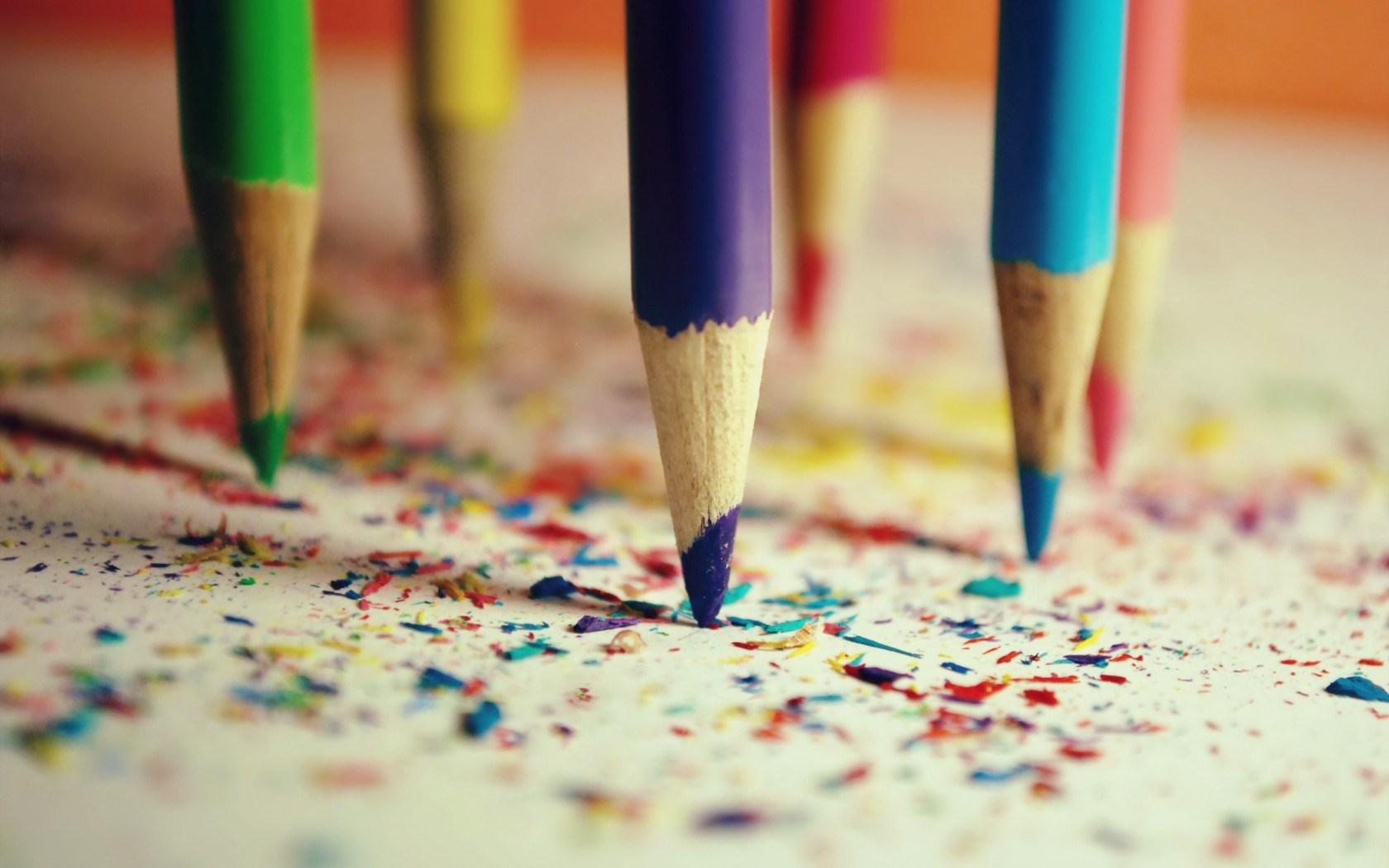
5 Reasons Why: Art Therapy and Cerebral Palsy
Cerebral palsy (CP) is a neurological disorder that affects muscle tone, movement, and motor skills. Individuals with CP may face a wide range of physical and mental challenges, including difficulty with fine motor skills, hand-eye coordination, and communication. Engaging in art therapy and in art classes can offer several mental and physical benefits for individuals with CP
- Improved Fine Motor Skills: Fine motor skills are crucial for individuals with CP, as they are responsible for controlling small muscles in the fingers, hands, and wrists. Art classes can help individuals with CP improve their fine motor skills by practicing various techniques such as painting, drawing, sculpting, and manipulating clay. These activities can improve hand-eye coordination, dexterity, and finger strength. A study published in the Journal of Child Neurology found that clay modeling activities significantly improved the fine motor skills of children with CP.
- Stress Reduction: Art classes can be a great way to reduce stress and anxiety. Creating art can be meditative, helping individuals with CP relax and unwind. By engaging in art, individuals with CP can focus their attention on the creative process, which can help reduce stress and anxiety levels. A study published in the Journal of Applied Rehabilitation Counseling found that art therapy reduced stress and anxiety levels in individuals with CP.
Improved Communication Skills: Individuals with CP may face difficulties in communication, particularly when it comes to verbal communication. Art classes can help improve nonverbal communication skills, such as using facial expressions and gestures to convey emotions. This can help individuals with CP express themselves more effectively, even when words fail. A study published in the International Journal of Developmental Disabilities found that art activities improved nonverbal communication skills in children with CP. - Increased Socialization: Art classes offer an opportunity for individuals with CP to socialize with others who share similar interests. This can help them form new friendships and develop a sense of community. Socialization can also help improve mental health and reduce feelings of isolation. A study published in the Journal of Autism and Developmental Disorders found that art activities in a group setting increased social interaction among children with CP.
- Improved Cognitive Skills: Engaging in art classes can also help improve cognitive skills, such as memory and problem-solving abilities. Creating art involves making decisions, planning, and organizing information. These skills can transfer to other areas of life, such as school or work. A study published in the Journal of Intellectual Disability Research found that art therapy improved the cognitive functioning of adults with CP.
- Huge Bonus: Increased Self-Confidence: Creating art can give individuals with CP a sense of accomplishment and self-worth. It can also provide them with a safe space to express themselves creatively. Art classes offer a supportive environment that fosters self-expression and self-discovery, which can increase self-confidence and self-esteem. A study published in the Journal of Intellectual Disability Research found that art therapy had a significant positive impact on the self-esteem and self-concept of individuals with CP.
Art therapy can provide numerous mental and physical benefits for individuals with CP. These benefits include improved fine motor skills, increased self-confidence, stress reduction, improved communication skills, increased socialization, and improved cognitive skills. Art classes can offer a safe space for individuals with CP to express themselves creatively, which can improve their overall quality of life.

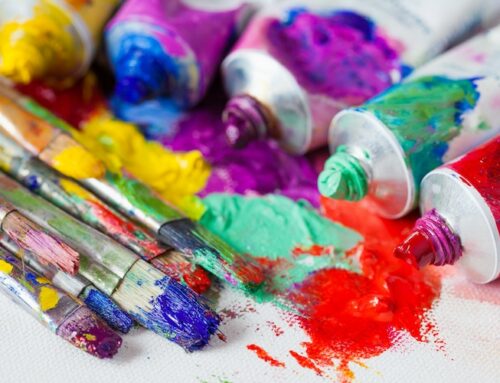
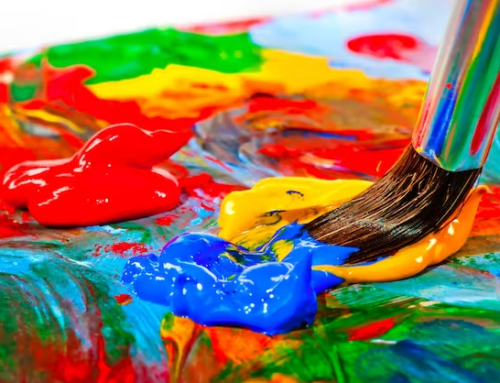
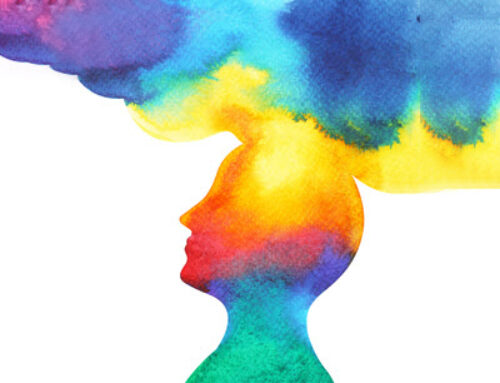
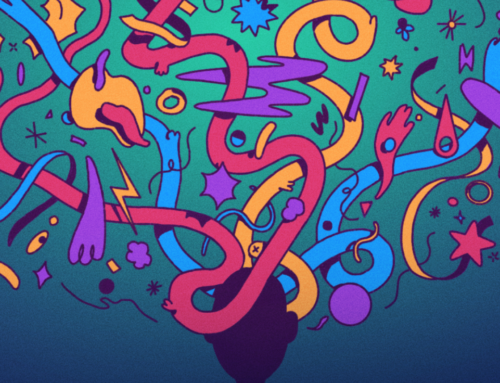
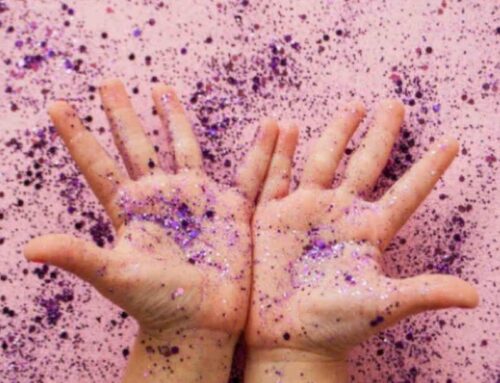
Leave A Comment